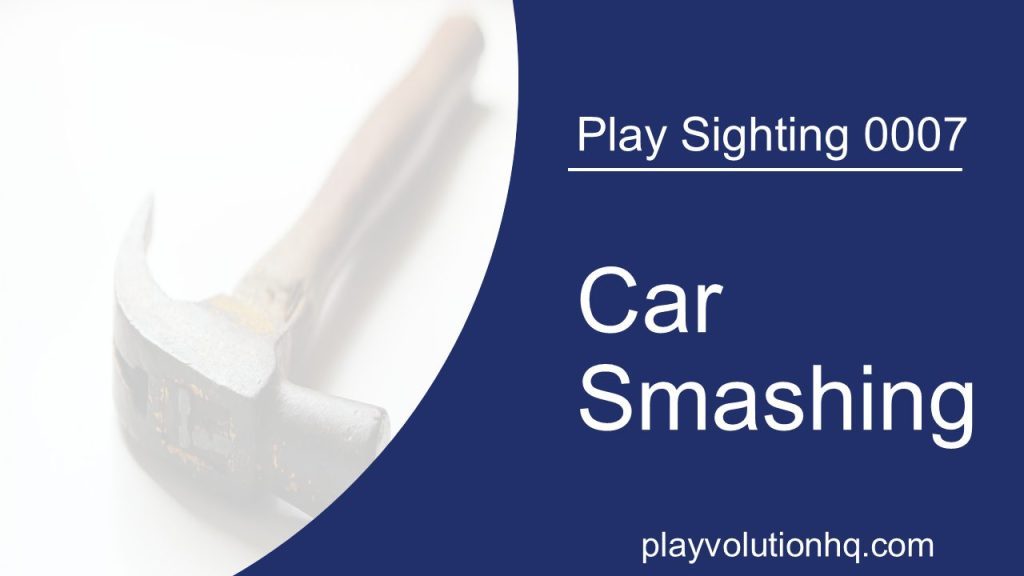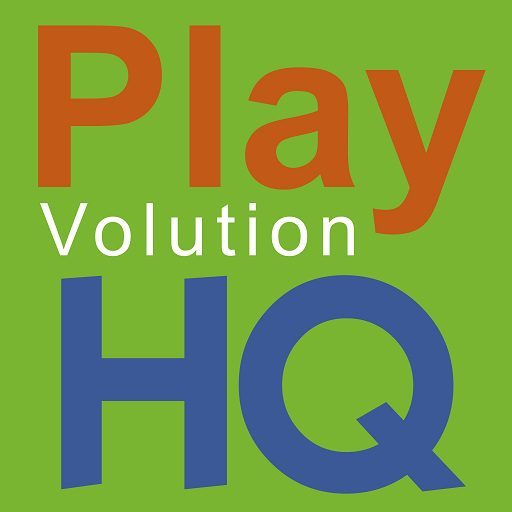
For his whole young life, Tyler loved cars. His destructive car smashing play was a part of that love. As a toddler, he had his toy steering wheel in hand every time he was strapped into his car seat so he could help drive. When he was a bit older, he fell in love with Hot Wheels and Matchbox cars–he had dozens and dozens of them.
He’d drive them, sort them, build parking structures for them, race them, clean them, and organize them. He gave them names and personalities. He realized the utility and value of pockets when he discovered they could be used for transporting cars–one in each hand, one in each pocket. He loved his cars.
That’s why it was a huge surprise when he started smashing them with a hammer.
About eight years old at the time, he’d secure a car in the vice of his workbench, wack it a few times with a hammer, unclamp the car, toss it aside, clamp another vehicle, and go on with his car smashing.
A bit concerned about his destructive play, I asked what he was up to. His demeanor seemed relaxed and calm as he explained the cars that he was smashing were the ones he was “done with.” He didn’t like the ones he was smashing anymore. He wasn’t angry or aggressive–the whole process seemed cathartic.
I can’t get inside his head, but my best guess is that he was outgrowing his car collection and the ritual smashing eased that transition.
My first inclination was to stop it, but before stepping in, I reminded myself that play is in the child, not the toy. I bit my tongue and let it continue, trusting that he needed this power play experience AND that it was unlikely to turn him into a hammer-wielding menace to society. Besides, most of the cars he smashed had bent axles or missing wheels. They’d all lived long and playful lives.
Twenty years later, he still loves cars and–to the best of my knowledge–hasn’t made a habit of smashing other things with hammers.
Car Smashing Wrap Up
The car smashing may have been an exploration of scattering or trajectory schema play. It may also have been a dive into STEM by exploring force, motion, mass, levers, cause-and-effect relationships, and gravity. Who knows? Play can be destructive. If there’s content among the people playing (and the people who own the items being destroyed), activities like car smashing are ripe with learning potential. They were his cars, had little value, and he wanted (needed?) to break them. Why should I step in and prevent it?
Contribute content to Playvolution HQ
Brought to you by Explorations Early Learning
Browse Trainings
Post Author
Jeff Johnson is an early learning trainer, podcaster, and author who founded Explorations Early Learning, Playvolution HQ, and Play Haven.



Leave a Reply